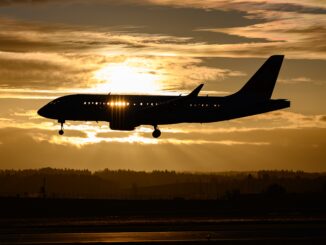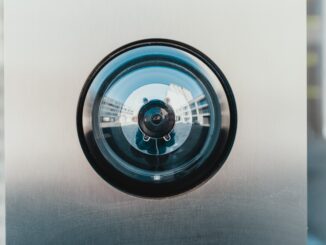
How Trump’s America is changing Travel
Francisco Ayala and his wife cancelled their planned cruise to see the Northern Lights this year, reflecting a broader shift in American travel behavior driven by fear and uncertainty. Although Ayala is a natural-born U.S. […]




